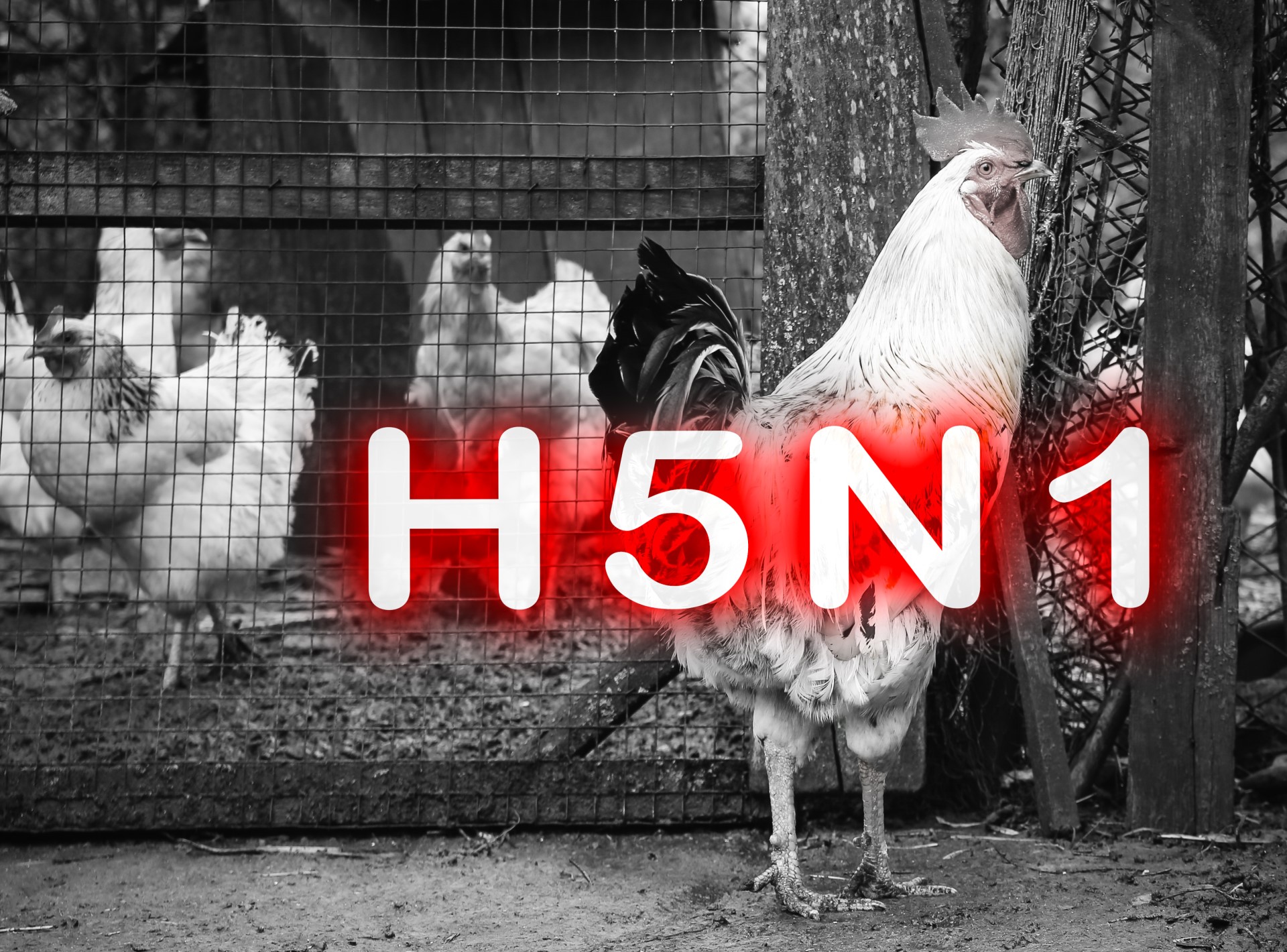
A strain of highly pathogenic avian influenza has been silently spreading in US cattle for months, according to preliminary analysis of genomic data.
It also showed that viral remnants were now being detected in milk from infected herds.
The extent of genetic diversity displayed by the virus found in cattle indicated that the virus has had months to evolve.
While the cattle outbreak is not expected to allow the virus to gain the ability to spread between people, and the milk has been deemed safe for human consumption, authorities have stressed the need for further testing.
The US announced in March that a highly pathogenic bird-flu strain, H5N1, had been detected in 34 dairy herds in nine states, with recent updates revealing that the virus has spread back to birds, cats and one human.
At the time, a sample of viral sequences taken from cows in Texas and the known human case was posted on the genetic repository GISAID – with 10 gigabytes of sequencing information from 239 animals, including cows, chickens, and cats, uploaded in April to the Sequence Read Archive (SRA).
Interestingly, the viral genome sequenced from the infected person did not include some of the signature mutations observed in the cattle: meaning that the source of this transmission could have been an as-yet unidentified infected herd, or even a wild bird.
However, the publicly released data did not include critical information that could help pinpoint the outbreak’s origin and evolution, such as dates and geographic location, with researchers also expressing concern that the genomic data was not released until almost four weeks after the outbreak was announced.
The first transmission across species, from an infected wild bird to bovine, probably occurred around late December or early January and authorities have suggested that more cattle across the US could have been infected without their knowledge.
Among the mutations were changes to a viral-protein section that scientists have linked to potential adaptations to spread in mammals with the data also revealing that H5N1 had jumped from infected cows back to birds and even cats.
The USDA will “work as quickly as possible” to publish curated files on GISAID with relevant epidemiological information and continue to make raw data available on the SRA.
The FDA revealed this week that traces of the H5N1 virus have been detected in samples of pasteurised milk purchased at grocery stores in areas with cows that have tested positive for the virus.
The infected cows presented with reduced appetite and their milk became thickened and discoloured. Veterinarians reported that while the milk was infected, samples from their lungs showed little evidence of viral load, leading the doctors to believe that the animals’ mammary glands were directly infected – potentially through shared milking equipment.
While the agency said that the remnants were not infectious and would not be sufficient to make people sick, the milk from sick cows was being “diverted or destroyed,” while milk sold interstate was being pasteurised.
Researchers are still trying to determine how cows initially became infected and how the virus is spreading between animals, as a major concern is that the outbreak could spread to pigs, which have the same sialic acid receptors as birds and humans in their respiratory tracts – which serve as entry points for H5N1.
If H5N1 caused a large outbreak in pigs, it would give the virus a perfect opportunity to learn to attach to human sialic acids.

